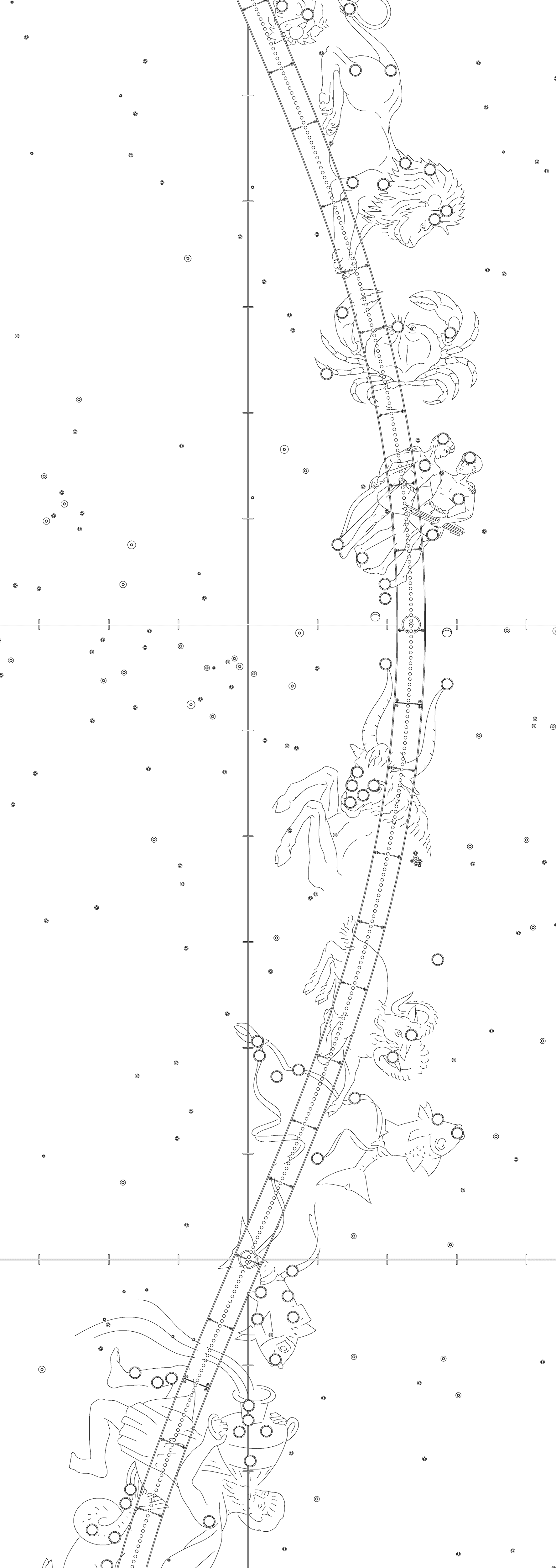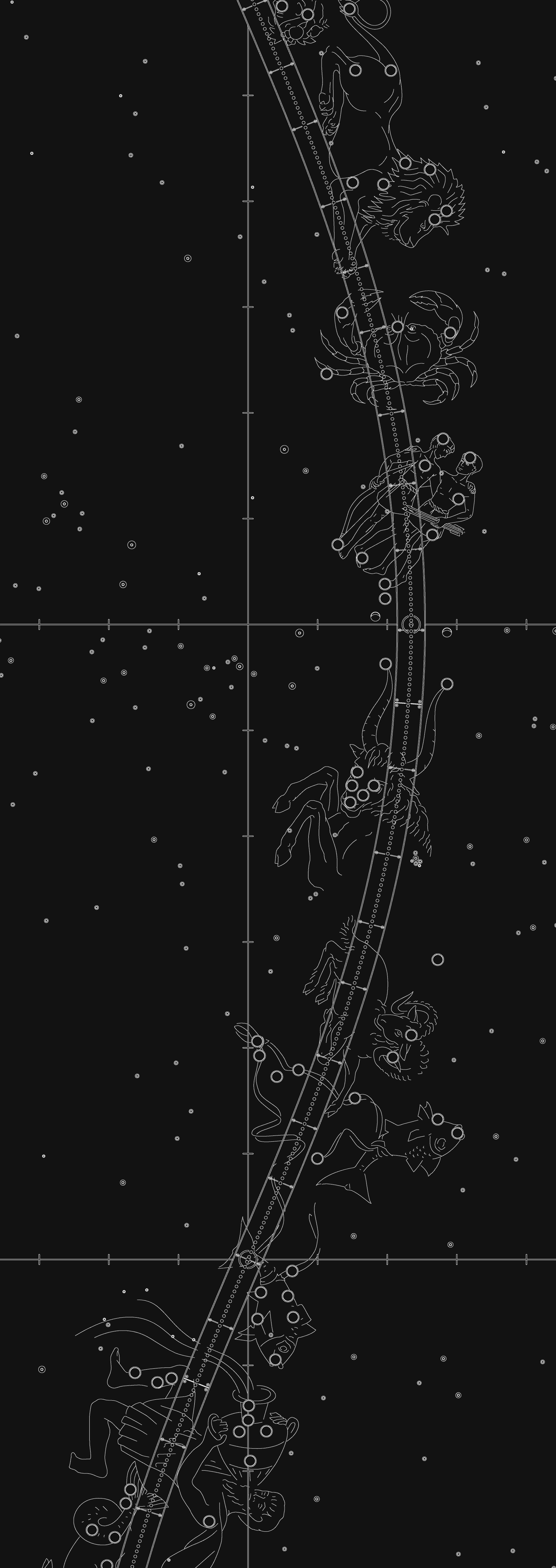Sky Report
This is the monthly Griffith Observatory Sky Report. You may read or listen to it below.



Sky Report
December, 2025
This is the Griffith Observatory Sky Report for the period between December 1 and December 31, 2025. Here are the events happening in the sky of southern California.
Mercury on the 1st, rises in the east-southeast at 5:08 a.m., PST, and the sun rises at 6:41 a.m., PST. The planet is 36-percent illuminated and 8.0 arcseconds wide. On the 31st, Mercury rises at 6:11 a.m., PST, and the sun rises at 6:59 a.m., PST, 48 minutes later. The planet is close to the sun and cannot be safely observed. Do not observe any planet when it comes close to the sun, for the danger to the eyes is great.
Venus rises in the east-southeast at 6:00 a.m., PST, on the 1st, 41 minutes before the sun rises, and cannot be safely observed.
Mars, on the 1st, sets in the west-southwest at 5:19 p.m., PST, and the sun sets at 4:44 p.m., PST, 35 minutes before. The planet is close to the sun and cannot be safely observed.
Jupiter on the 1st, rises in the east-northeast at 7:50 p.m., PST, and is 44 arcseconds wide. On the 31st, Jupiter rises at 5:37 p.m., PST, and is 46 arcseconds wide. A telescope capable of magnification 50x will show the Red Spot, and the four bright Galilean moons can be seen moving back and forth, across and behind Jupiter.
Saturn on the 1st, sets in the west at 12:49 a.m., PST, and is 18 arcseconds wide. On the 31st, Saturn sets at 10:52 p.m., PST. The rings and Saturn’s largest moon, Titan, can be seen with a telescope capable of magnification 50x.
Uranus on the 1st, sets in the west-northwest at 5:57 a.m., PST. On the 31st, Uranus sets at 3:54 a.m., PST. On the 15th, Uranus is at Right Ascension 3h 45m 14s and declination +19° 37ʹ 42ʺ. A magnification of 150x or more is needed to see the planet’s 3.8-arcsecond disk.
Neptune on the 1st, sets in the west at 1:10 a.m., PST. On the 31st, Neptune sets at 11:09 p.m., PST. On the 15th, Neptune is at Right Ascension 23h 59m 51s and declination -1° 28ʹ 48ʺ. A magnification of 150x or more is needed to see the planet’s 2.3-arcsecond disk.
Full Moon is on the 4th, last quarter on the 11th, new moon is on the 19th, and first quarter is on the 27th.
SPECIAL EVENTS
The winter solstice occurs on December 21 at 7:03 a.m., PST. The sun reaches its southernmost point on the ecliptic, reverses its movement south, and heads north. This marks the longest night and the shortest day of the year. The sun rises at 6:55 a.m., PST, and sets at 4:48 p.m., PST. The day is 9 hours 53 minutes long.
Lunar-X is visible on the 26th for a few hours, beginning at 5:23 p.m., PST. Lunar-X is a feature on the first quarter moon just within the dark half of the moon and midway between the center point and the southern edge. It is due to the rims of two craters illuminated by the sun. A telescope with a magnification of 50x or more is needed to see it.
The Geminid meteor shower is usually the strongest meteor shower of the year. The shower is active from December 1 through December 21 and peaks from the evening of the 13th through the morning of the 14th. This is the one major shower that provides good activity prior to midnight, as the constellation of Gemini is well placed from 10:00 p.m., PST, onward. The Geminids are often bright and intensely colored. Due to their medium-slow velocity, persistent trains are not usually seen. The parent object is the asteroid 3200 Phaethon and not a comet, as is usual for meteor showers. On the night of the 13th, the moon will be a waning crescent and will not interfere with observations.
The Ursid meteor shower is often neglected, for it peaks just before Christmas with a rate much lower than the Geminids, which peak a week before the Ursids. This year the Ursids appear from the 16th through the 26th, with the peak occurring from the night of the 21st to the morning of the 22nd. Observers normally see 5-10 Ursids per hour during the late morning hours on the date of maximum activity. There have been occasional outbursts with rates exceeding 25 per hour. The parent object is the comet 8P/Tuttle. The moon will be a waxing crescent and will not interfere with observations until after midnight.
In the major lunar standstill of 2024-2025, the December northernmost moon rises in full phase on the 5th at 5:27 p.m., PST, and sets on the 6th at 8:55 a.m., PST. Griffith Observatory will livestream broadcast this northernmost moonrise. The December southernmost moon rises as a new moon and cannot be observed. For details on the major lunar standstill, please visit the website at https://griffithobservatory.org/extreme-moon-the-major-lunar-standstills-of-2024-2025/
Griffith Observatory normally provides free public sky observing day and night – weather permitting – through a variety of telescopes. Currently, the Observatory is open Tuesday through Sunday. To plan a visit to the Observatory, please see our website (www.griffithobs.org) for the latest information. The Sky Report, also available on the website, provides monthly observing information.
Follow All Space Considered and Griffith Observatory on Facebook, Instagram, YouTube, and Twitter for updates on astronomy and space-related events.
YouTube Sky Report
Lunar Calendar

December 1st to the 3rd shows the Moon waxing which means more of its surface is illuminated. The Full Moon on the 4th ends this cycle. Starting from the 5th on, the Moon is waning. The First Quarter is on the 27th, and the Last Quarter is on the 11th. December 19th marks the New Moon.